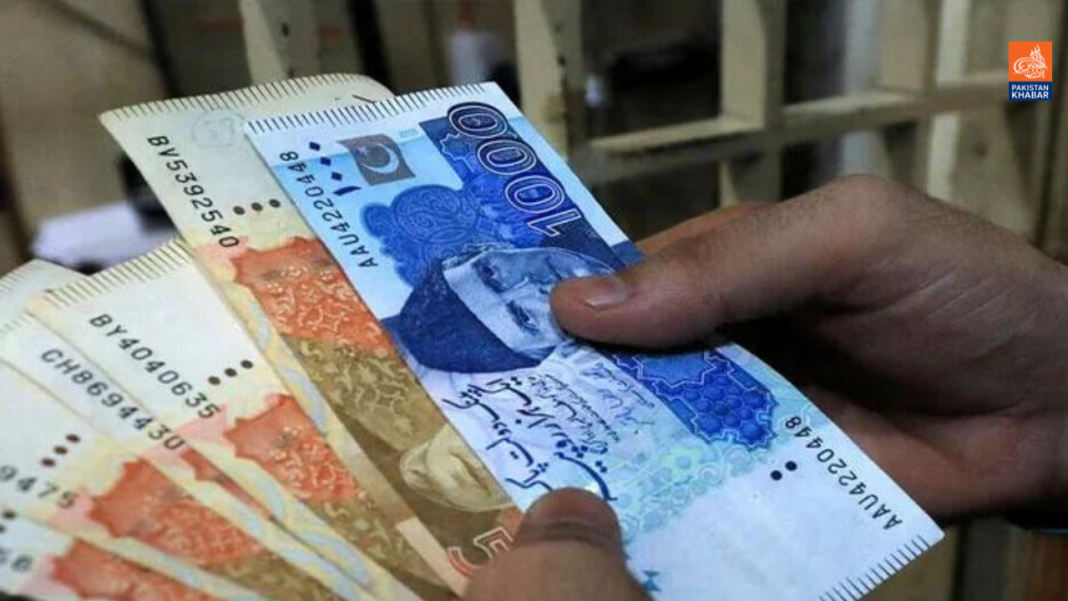Bank borrowing in Pakistan has seen a significant decline, reflecting the increasing financial pressures on consumers.
Data from the State Bank of Pakistan reveals a marked drop in loans for vehicles, housing, and personal expenses.
According to the data, the total loans issued for vehicle purchases fell to Rs228 billion in July 2024, a 20% decrease from Rs285 billion in July 2023. This sharp decline highlights the growing economic strain on consumers, as rising inflation continues to erode their purchasing power.
The reduction in vehicle loans indicates that consumers are postponing or avoiding large purchases due to their diminished ability to afford such investments amid rising costs.
Similarly, loans for home purchases in July 2024 totaled Rs203 billion, showing a 4% decrease compared to the previous year. The overall drop in consumer financing, which includes various types of personal loans, further underscores this caution. The total volume of consumer loans declined by 6% year-on-year to Rs802 billion in July 2024.
Interestingly, while borrowing for vehicles and housing has declined, credit card usage has seen a significant increase. In July 2024, credit card loans surged by 28%, with citizens borrowing Rs125 billion.
This shift towards credit card usage reflects a growing dependence on short-term borrowing solutions as consumers struggle to manage daily expenses and immediate financial needs. The rise in credit card loans may be a response to the liquidity crunch faced by households, who might find it easier to handle smaller, short-term payments rather than commit to larger loans with longer repayment periods.
The decline in long-term borrowing, particularly for vehicles and housing, suggests a decrease in consumer confidence. This lack of confidence could have a cascading effect on the economy, leading to slower growth in key sectors such as automotive and real estate.
The increasing reliance on credit card debt indicates that consumers are turning to high-interest, short-term loans to cover their expenses. This trend could potentially lead to higher default rates, adding additional pressure on the banking sector.
Meanwhile, according to the latest data from the SBP, national foreign exchange reserves have reached $14.645 billion, bolstered by an increase in dollar holdings by both the central bank and commercial banks.
Specifically, the central bank’s foreign currency reserves grew by $12 million to $9.273 billion, while commercial banks’ foreign currency deposits increased by $5.3 million to $5.373 billion.
The rise in foreign exchange reserves is a positive development, providing much-needed stability to the economy. It enhances the country’s ability to meet its external obligations and import requirements, which is crucial in the current economic environment.




